1.Identification
1.1 GHS Product identifier
| Product name | dinoseb |
|---|
1.2 Other means of identification
| Product number | - |
|---|---|
| Other names | Gebutox |
1.3 Recommended use of the chemical and restrictions on use
| Identified uses | For industry use only. Herbicide |
|---|---|
| Uses advised against | no data available |
1.4 Supplier's details
| Company | MOLBASE (Shanghai) Biotechnology Co., Ltd. |
|---|---|
| Address | Floor 4 & 5, Building 12, No. 1001 North Qinzhou Road, Xuhui District, Shanghai, China |
| Telephone | +86(21)64956998 |
| Fax | +86(21)54365166 |
1.5 Emergency phone number
| Emergency phone number | +86-400-6021-666 |
|---|---|
| Service hours | Monday to Friday, 9am-5pm (Standard time zone: UTC/GMT +8 hours). |
2.Hazard identification
2.1 Classification of the substance or mixture
Acute toxicity - Oral, Category 3
Acute toxicity - Dermal, Category 3
Eye irritation, Category 2
Hazardous to the aquatic environment, short-term (Acute) - Category Acute 1
Hazardous to the aquatic environment, long-term (Chronic) - Category Chronic 1
Reproductive toxicity, Category 1B
2.2 GHS label elements, including precautionary statements
| Pictogram(s) | 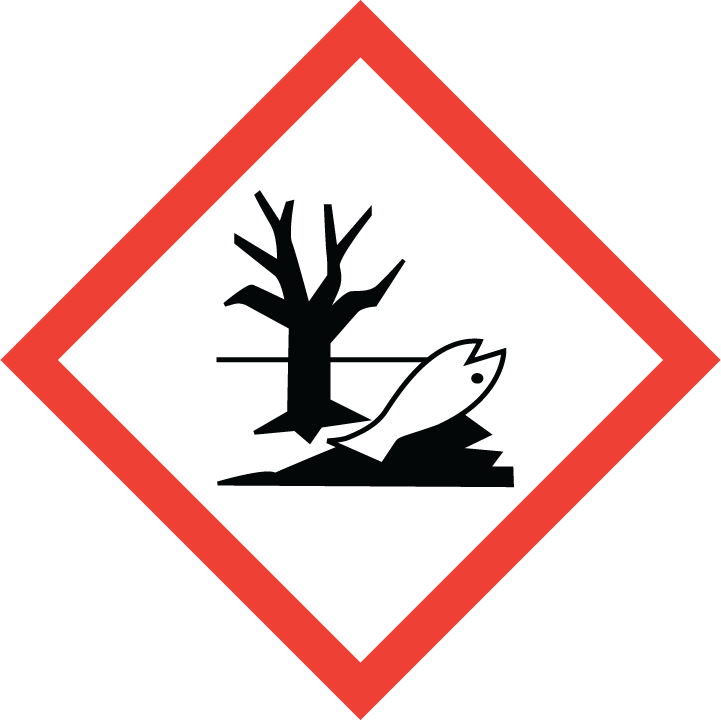 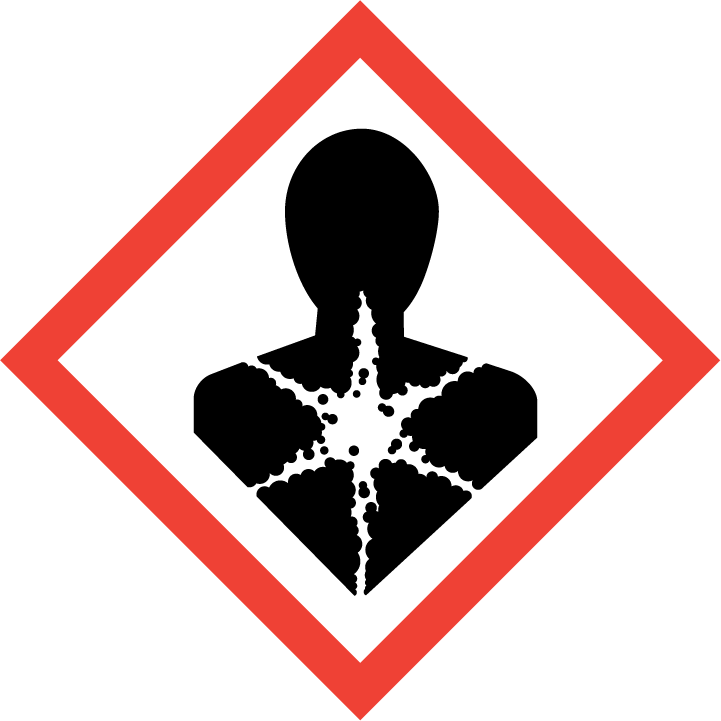 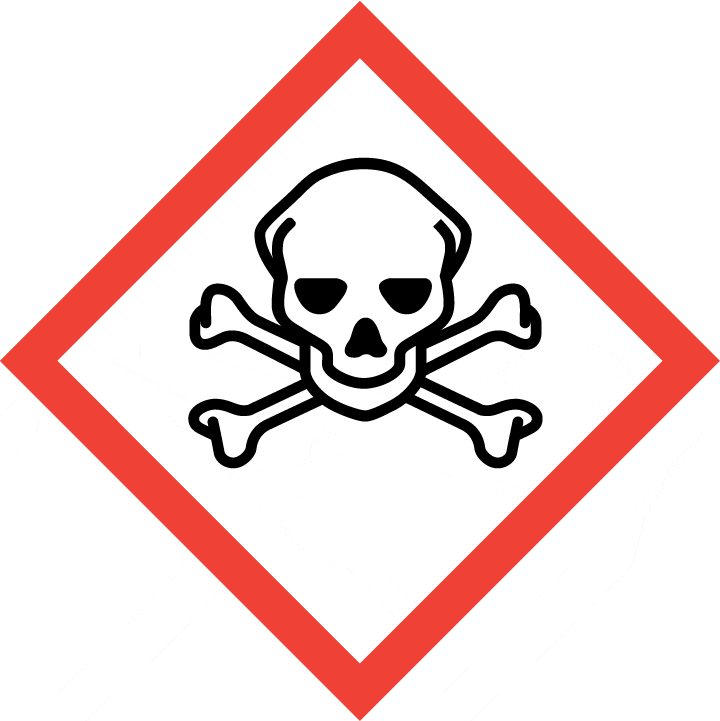 |
|---|---|
| Signal word | Danger |
| Hazard statement(s) | H301 Toxic if swallowed H311 Toxic in contact with skin H319 Causes serious eye irritation H410 Very toxic to aquatic life with long lasting effects H360Df |
| Precautionary statement(s) | |
| Prevention | P264 Wash ... thoroughly after handling. P270 Do not eat, drink or smoke when using this product. P280 Wear protective gloves/protective clothing/eye protection/face protection. P273 Avoid release to the environment. P201 Obtain special instructions before use. P202 Do not handle until all safety precautions have been read and understood. |
| Response | P301+P310 IF SWALLOWED: Immediately call a POISON CENTER/doctor/… P321 Specific treatment (see ... on this label). P330 Rinse mouth. P302+P352 IF ON SKIN: Wash with plenty of water/... P312 Call a POISON CENTER/doctor/…if you feel unwell. P361+P364 Take off immediately all contaminated clothing and wash it before reuse. P305+P351+P338 IF IN EYES: Rinse cautiously with water for several minutes. Remove contact lenses, if present and easy to do. Continue rinsing. P337+P313 If eye irritation persists: Get medical advice/attention. P391 Collect spillage. P308+P313 IF exposed or concerned: Get medical advice/ attention. |
| Storage | P405 Store locked up. |
| Disposal | P501 Dispose of contents/container to ... |
2.3 Other hazards which do not result in classification
none
3.Composition/information on ingredients
3.1 Substances
| Chemical name | Common names and synonyms | CAS number | EC number | Concentration |
|---|---|---|---|---|
| dinoseb | dinoseb | 88-85-7 | none | 100% |
4.First-aid measures
4.1 Description of necessary first-aid measures
General advice
Consult a physician. Show this safety data sheet to the doctor in attendance.
If inhaled
Fresh air, rest. Artificial respiration may be needed. Refer for medical attention.
In case of skin contact
Remove contaminated clothes. Rinse and then wash skin with water and soap. Refer immediately for medical attention.
In case of eye contact
First rinse with plenty of water for several minutes (remove contact lenses if easily possible), then refer for medical attention.
If swallowed
Rinse mouth. Rest. Give a slurry of activated charcoal in water to drink. Refer immediately for medical attention.
4.2 Most important symptoms/effects, acute and delayed
Extremely toxic: Probable oral lethal dose is 5-50 mg/kg; between 7 drops and 1 teaspoonful for 70 kg person (150 lb.). (EPA, 1998)
4.3 Indication of immediate medical attention and special treatment needed, if necessary
Absorption, Distribution and Excretion
... RATS POISONED BY CONSUMPTION, INHALATION, OR SKIN EXPOSURE TO HERBICIDES DINITROISOPROPYL-(DNPP) AND DINITROBUTYLPHENOL (DNBP) ... LIVER, KIDNEY, SPLEEN AND BLOOD CONTAINED METABOLITES.
5.Fire-fighting measures
5.1 Extinguishing media
Suitable extinguishing media
This is a dinitrophenol herbicide. (Non-Specific -- Dinitrophenol, Flammable Solid) Wear self-contained breathing apparatus and full protective clothing. If fire becomes uncontrollable, evacuate for a radius of 5000 feet. This material is a dinitrophenol herbicide. (Non-Specific -- Dinitrophenol, Flammable Solid) Extinguish by flooding with water. Cool all affected containers with flooding quantities of water. Apply water from as far a distance as possible. (EPA, 1998)
5.2 Specific hazards arising from the chemical
This is a dinitrophenol herbicide. (Non-Specific -- Dinitrophenol, Flammable Solid). It is dangerously explosive. When not water wet it is a high explosive. Dry, the material is easily ignited and it will burn very vigorously. On decomposition, nitro compounds such as this emit toxic fumes. Appear to be stable in acid solution, but are susceptible to decomposition by ultraviolet radiation in alkaline solution. (EPA, 1998)
5.3 Special protective actions for fire-fighters
Wear self-contained breathing apparatus for firefighting if necessary.
6.Accidental release measures
6.1 Personal precautions, protective equipment and emergency procedures
Use personal protective equipment. Avoid dust formation. Avoid breathing vapours, mist or gas. Ensure adequate ventilation. Evacuate personnel to safe areas. Avoid breathing dust. For personal protection see section 8.
6.2 Environmental precautions
Personal protection: filter respirator for organic gases and particulates adapted to the airborne concentration of the substance. Do NOT let this chemical enter the environment. Sweep spilled substance into covered sealable containers. If appropriate, moisten first to prevent dusting. Carefully collect remainder. Then store and dispose of according to local regulations.
6.3 Methods and materials for containment and cleaning up
Spillages of pesticides at any stage of their storage or handling should be treated with great care. Liquid formulations may be reduced to solid phase by evaporation. Dry sweeping of solids is always hazardous: these should be removed by vacuum cleaning, or by dissolving them in water, or other solvent in the factory environment.
7.Handling and storage
7.1 Precautions for safe handling
Avoid contact with skin and eyes. Avoid formation of dust and aerosols. Avoid exposure - obtain special instructions before use.Provide appropriate exhaust ventilation at places where dust is formed. For precautions see section 2.2.
7.2 Conditions for safe storage, including any incompatibilities
Provision to contain effluent from fire extinguishing. Separated from bases and food and feedstuffs. Cool. Keep in a well-ventilated room. Well closed. Store in an area without drain or sewer access.MATERIALS WHICH ARE TOXIC AS STORED OR WHICH CAN DECOMPOSE INTO TOXIC COMPONENTS ... SHOULD BE STORED IN A COOL WELL VENTILATED PLACE, OUT OF THE DIRECT RAYS OF THE SUN, AWAY FROM AREAS OF HIGH FIRE HAZARD, AND SHOULD BE PERIODICALLY INSPECTED. INCOMPATIBLE MATERIALS SHOULD BE ISOLATED ... .
8.Exposure controls/personal protection
8.1 Control parameters
Occupational Exposure limit values
no data available
Biological limit values
no data available
8.2 Appropriate engineering controls
Handle in accordance with good industrial hygiene and safety practice. Wash hands before breaks and at the end of workday.
8.3 Individual protection measures, such as personal protective equipment (PPE)
Eye/face protection
Safety glasses with side-shields conforming to EN166. Use equipment for eye protection tested and approved under appropriate government standards such as NIOSH (US) or EN 166(EU).
Skin protection
Wear impervious clothing. The type of protective equipment must be selected according to the concentration and amount of the dangerous substance at the specific workplace. Handle with gloves. Gloves must be inspected prior to use. Use proper glove removal technique(without touching glove's outer surface) to avoid skin contact with this product. Dispose of contaminated gloves after use in accordance with applicable laws and good laboratory practices. Wash and dry hands. The selected protective gloves have to satisfy the specifications of EU Directive 89/686/EEC and the standard EN 374 derived from it.
Respiratory protection
Wear dust mask when handling large quantities.
Thermal hazards
no data available
9.Physical and chemical properties
| Physical state | solid |
|---|---|
| Colour | Yellow crystals |
| Odour | PUNGENT ODOR |
| Melting point/ freezing point | 55.5ºC |
| Boiling point or initial boiling point and boiling range | 318.1ºC at 760 mmHg |
| Flammability | Combustible. Liquid formulations containing organic solvents may be flammable. Gives off irritating or toxic fumes (or gases) in a fire. |
| Lower and upper explosion limit / flammability limit | no data available |
| Flash point | >100ºC |
| Auto-ignition temperature | no data available |
| Decomposition temperature | no data available |
| pH | AN ACIDIC PHENOL |
| Kinematic viscosity | no data available |
| Solubility | In water:0.0052 g/100 mL |
| Partition coefficient n-octanol/water (log value) | 3.56 |
| Vapour pressure | 1 mm Hg at 151.1°C (EPA, 1998) |
| Density and/or relative density | 1.29 |
| Relative vapour density | 7.73 (EPA, 1998) (Relative to Air) |
| Particle characteristics | no data available |
10.Stability and reactivity
10.1 Reactivity
no data available
10.2 Chemical stability
2-YEAR SHELF LIFE MINIMUM; DOW GENERAL WEED KILLER: 2-YEAR SHELF LIFE MINIMUM.
10.3 Possibility of hazardous reactions
DINOSEB is a powerful oxidizing agent. . It is dangerously explosive. When not water wet it is a high explosive. Dry, the material is easily ignited and it will burn very vigorously. On decomposition, nitro compounds such as this emit toxic fumes. Appear to be stable in acid solution, but are susceptible to decomposition by ultraviolet radiation in alkaline solution. [EPA, 1998].
10.4 Conditions to avoid
no data available
10.5 Incompatible materials
no data available
10.6 Hazardous decomposition products
no data available
11.Toxicological information
Acute toxicity
- Oral: LD50 Rat, adult male oral 27 mg/kg
- Inhalation: no data available
- Dermal: LD50 Rabbit percutaneous 80 to 200 mg/kg
Skin corrosion/irritation
no data available
Serious eye damage/irritation
no data available
Respiratory or skin sensitization
no data available
Germ cell mutagenicity
no data available
Carcinogenicity
Cancer Classification: Group C Possible Human Carcinogen
Reproductive toxicity
no data available
STOT-single exposure
no data available
STOT-repeated exposure
no data available
Aspiration hazard
no data available
12.Ecological information
12.1 Toxicity
- Toxicity to fish: LC50 Salvelinus namaycush (Lake trout) 44 ug/l 96 hr @ 10°C (95% confidence limit 38-51 ug/l), wt 0.3 g /Technical material, 95.8%/ /Static bioassay
- Toxicity to daphnia and other aquatic invertebrates: no data available
- Toxicity to algae: no data available
- Toxicity to microorganisms: no data available
12.2 Persistence and degradability
... MICROBIAL BREAKDOWN HAS BEEN DEMONSTRATED.
12.3 Bioaccumulative potential
A bioconcentration factor (BCF) of 68 for dinoseb was estimated from its water solubility (50 mg/L)(1). A BCF of this magnitude suggests that dinoseb will not bioconcentrate significantly(SRC).
12.4 Mobility in soil
The measured soil-sorption coefficient (Koc) of dinoseb is 124(1). A Koc of this magnitude suggests that dinoseb will be highly mobile in soil and may leach to groundwater. A much higher Koc value of 6607 wa obtained at a buffered pH of 3(2). It appears that soil sorption may be pH dependent and at low pH adsorption may be stronger. It has been shown, however, that p-nitrophenol adsorbs strongly to clays through an interaction between the nitro group and the water molecules or metallic cations in the clay(3). Dinoseb may similarly bind to clays at low pH. Experiments with soil thin layer chromatography showed that dinoseb was intermediate to very mobile in silt loam sand loam and silty loam soils(4).
12.5 Other adverse effects
no data available
13.Disposal considerations
13.1 Disposal methods
Product
The material can be disposed of by removal to a licensed chemical destruction plant or by controlled incineration with flue gas scrubbing. Do not contaminate water, foodstuffs, feed or seed by storage or disposal. Do not discharge to sewer systems.
Contaminated packaging
Containers can be triply rinsed (or equivalent) and offered for recycling or reconditioning. Alternatively, the packaging can be punctured to make it unusable for other purposes and then be disposed of in a sanitary landfill. Controlled incineration with flue gas scrubbing is possible for combustible packaging materials.
14.Transport information
14.1 UN Number
| ADR/RID: UN2810 | IMDG: UN2810 | IATA: UN2810 |
14.2 UN Proper Shipping Name
| ADR/RID: TOXIC LIQUID, ORGANIC, N.O.S. |
| IMDG: TOXIC LIQUID, ORGANIC, N.O.S. |
| IATA: TOXIC LIQUID, ORGANIC, N.O.S. |
14.3 Transport hazard class(es)
| ADR/RID: 6.1(a) | IMDG: 6.1(a) | IATA: 6.1(a) |
14.4 Packing group, if applicable
| ADR/RID: II | IMDG: II | IATA: II |
14.5 Environmental hazards
| ADR/RID: yes | IMDG: yes | IATA: yes |
14.6 Special precautions for user
no data available
14.7 Transport in bulk according to Annex II of MARPOL 73/78 and the IBC Code
no data available
15.Regulatory information
15.1 Safety, health and environmental regulations specific for the product in question
| Chemical name | Common names and synonyms | CAS number | EC number |
|---|---|---|---|
| dinoseb | dinoseb | 88-85-7 | none |
| European Inventory of Existing Commercial Chemical Substances (EINECS) | Listed. | ||
| EC Inventory | Listed. | ||
| United States Toxic Substances Control Act (TSCA) Inventory | Listed. | ||
| China Catalog of Hazardous chemicals 2015 | Listed. | ||
| New Zealand Inventory of Chemicals (NZIoC) | Listed. | ||
| Philippines Inventory of Chemicals and Chemical Substances (PICCS) | Not Listed. | ||
| Vietnam National Chemical Inventory | Not Listed. | ||
| Chinese Chemical Inventory of Existing Chemical Substances (China IECSC) | Listed. | ||
16.Other information
Information on revision
| Creation Date | Aug 20, 2017 |
|---|---|
| Revision Date | Aug 20, 2017 |
Abbreviations and acronyms
- CAS: Chemical Abstracts Service
- ADR: European Agreement concerning the International Carriage of Dangerous Goods by Road
- RID: Regulation concerning the International Carriage of Dangerous Goods by Rail
- IMDG: International Maritime Dangerous Goods
- IATA: International Air Transportation Association
- TWA: Time Weighted Average
- STEL: Short term exposure limit
- LC50: Lethal Concentration 50%
- LD50: Lethal Dose 50%
- EC50: Effective Concentration 50%
References
- IPCS - The International Chemical Safety Cards (ICSC), website: http://www.ilo.org/dyn/icsc/showcard.home
- HSDB - Hazardous Substances Data Bank, website: https://toxnet.nlm.nih.gov/newtoxnet/hsdb.htm
- IARC - International Agency for Research on Cancer, website: http://www.iarc.fr/
- eChemPortal - The Global Portal to Information on Chemical Substances by OECD, website: http://www.echemportal.org/echemportal/index?pageID=0&request_locale=en
- CAMEO Chemicals, website: http://cameochemicals.noaa.gov/search/simple
- ChemIDplus, website: http://chem.sis.nlm.nih.gov/chemidplus/chemidlite.jsp
- ERG - Emergency Response Guidebook by U.S. Department of Transportation, website: http://www.phmsa.dot.gov/hazmat/library/erg
- Germany GESTIS-database on hazard substance, website: http://www.dguv.de/ifa/gestis/gestis-stoffdatenbank/index-2.jsp
- ECHA - European Chemicals Agency, website: https://echa.europa.eu/


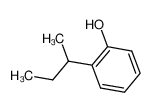

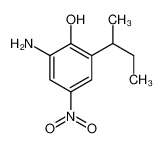




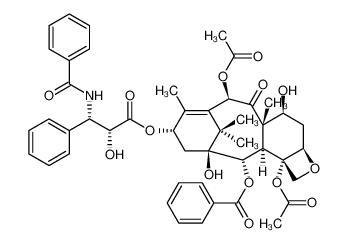
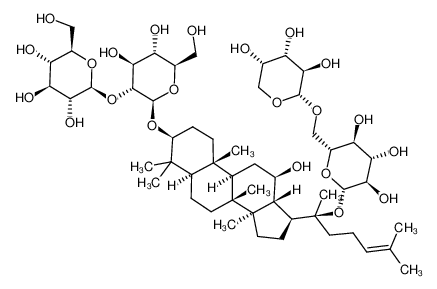
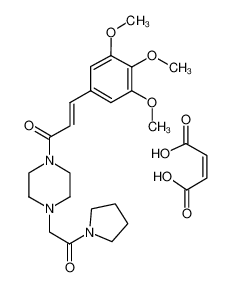
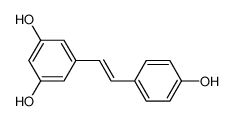

-
-

-
-
-

-
-
-

-
-
-

-
-
-

-
-
-

-
-
-

-
-
-

-
-
-

-
-
-

-
More Suppliers>>Hangzhou J&H Chemical Co., Ltd.
CHINA
Purity: 98%
Lead Time: 7 Day(s)
Price: -
Henan Coreychem Co.,Ltd
CHINA
Purity: 98%
Lead Time: 3 Day(s)
Price: -
Hangzhou DayangChem Co., Ltd
CHINA
Purity: 98%
Lead Time: 7 Day(s)
Price: -
Skyrun Industrial Co., Limited
CHINA
Purity: 99%
Lead Time: 7 Day(s)
Price: -
Hangzhou Bingochem Co., Ltd.
CHINA
Purity: 98%
Lead Time: 7 Day(s)
Price: -
Tonghua New Material (Pinghu) Co., Ltd.
CHINA
Purity: 99%
Lead Time: 7 Day(s)
Price: Min $16.67 /kg
Saan Chemical Technology (Shanghai) Co., Ltd.
CHINA
Purity: 96%
Lead Time: 7 Day(s)
Price: Min $64.33 /mg
SHANGHAI DENGCHI INTERNATIONAL TRADE CO.,LTD
CHINA
Purity: -%
Lead Time: 7 Day(s)
Price: Min $70.77 /ml
Chengdu SinoStandards Bio-Tech Co.,Ltd.
CHINA
Purity: 98%
Lead Time: 7 Day(s)
Price: -
Wuhan Fortuna Chmical Co. Ltd
CHINA
Purity: 96%
Lead Time: 7 Day(s)
Price: -